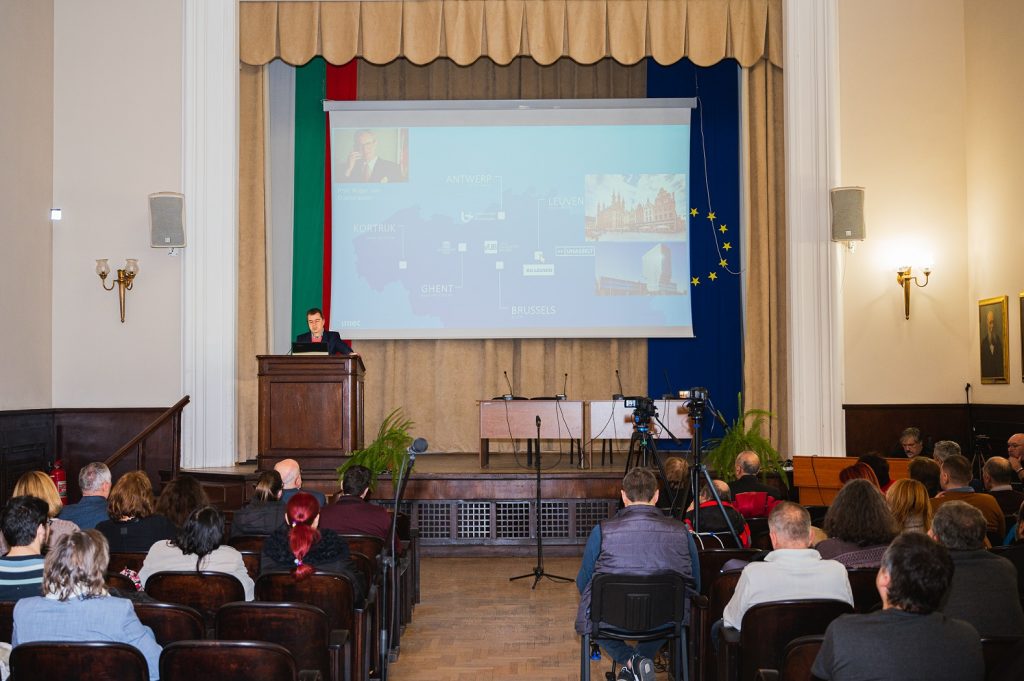Axis 1: “Viscoelastic coupling” will investigate the mechanical coupling between an implant and the brain tissue and its influence on extracellular matrix remodeling and gliosis. The problem will be systematically addressed starting from simple FEM brain models and only gradually adding anatomical details. Expected results will predict the influence of brain circulation, head rotation, and respiratory activity on implant displacement in realistic head geometries. Another promising direction of research will be to also investigate the above effects in fractional-order viscoelastic models using the tools of fractional calculus.
Axis 2: Optimization of the interface geometry will explore the interaction of electrodes, having assorted geometries – i.e. featuring (i) flanks protruding in the tissue or (ii) holes. The softness of the material plays an important role in increasing the biocompatibility, however, there seems to be a saturation of the effect.
Axis 3: “Diffusion phenomena in the brain tissue”: Diffusion in porous media, such as biological tissues, is characterized by a mixture of convective and diffusive transport which can be modeled classically by the tissue tortuosity or alternatively by the tools of fractional calculus. The presence of the foreign body (e.g. an implant) together with its mechanical interaction with the surrounding tissue eventually leads to the production and diffusion of various biochemical species. The inflammatory cells around an implant may induce a persistent gradient of soluble factors, which modulate other cells’ phenotypes. This research axis will investigate a first-order reaction-diffusion system in two compartments featuring cylindrical geometries and will develop combined analytical/numerical approaches for quantifying this interaction. Eventually, the models will be ported to FEM solvers implementing the fractional Laplacian operator.
Axis 4: “Effects of viscoelastic deformations on modeled brain activity” will use spiking neural network models coupled to an inhomogeneous electrical conductance model of the tissue. Modeled neurons will be displaced by a deformation field corresponding to cardiac and respiratory pulsations. The computed electrical field will be sampled in space and time, and the action potential waveforms will be correlated with the immobile condition. The displacement and electrical fields will be computed analytically (simple geometry) or simulated in FEM (more realistic geometry) depending on the complexity of the problem. Such deformations are expected to affect different spike-sorting algorithms presently used in neurophysiology.



